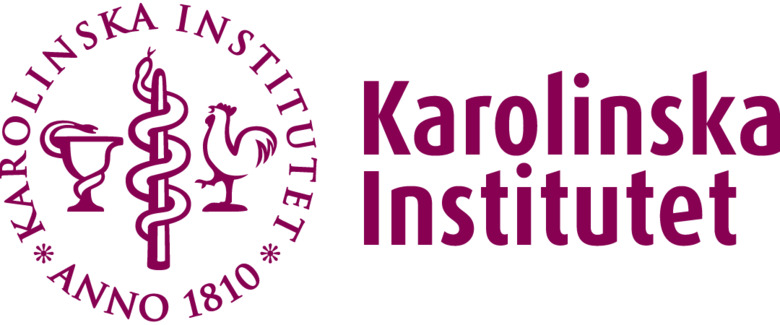- December 18, 2023
Malin Holzmann
Programme Director Continuous lactate measurement and prevention of fetal hypoxia during delivery. Obstetrician and senior consultant at the Medical Unit Pregnancy and Delivery Care at Karolinska University Hospital. Associate professor at Karolinska Institutet.

What research do you do at MedTechLabs?
My research at MedTechLabs concerns the development of a new method for fetal surveillance during labor. Current routine methods of fetal surveillance during labor are intermittent auscultation of the fetal heart or electronic fetal monitoring, i.e. cardiotocography – CTG.
CTG during labor is visually interpreted by midwives and obstetricians, which entails inter- and intra-observer variation among other shortcomings of the method. The effect of uterine contractions on the fetal heart rate is often unspecific. It might be caused by normal fetal physiological responses as well as by development of hypoxia, i.e. lack of oxygen.
Fetal blood sampling can be used as an adjunct method to verify or exclude fetal hypoxia. Fetal lactate and/or pH can be analysed in a small amount of fetal blood sampled from the skin of the fetal presenting part at one or repeated times during labor. Lactate is the end-product when cells produce energy without oxygen, and is thus a more specific measure of hypoxia than various patterns of the fetal heart rate. The limitation with the fetal blood sampling method is that it is invasive and only gives momentary information regarding fetal wellbeing. Our research project aims at developing a method to measure the fetal lactate concentration continuously and non-invasive during labor.
What impact do you hope to achieve with your research?
My goal is to find a more objective method of fetal surveillance during labor compared with current methods. The aim is to increase both sensitivity and specificity for fetal hypoxia. Improvements in fetal surveillance can reduce the risk of birth-related hypoxic injury in the newborn as well as reduce the risk of unnecessary cesarean delivery or instrumental vaginal delivery.
When would this research come to practical use for the patients?
Our research project aims to produce a completely new technology. In the first stage, the project plan is to reach pilot studies in healthy non-pregnant women and pilot studies in low-risk pregnant women (technology readiness level 6) via in-vitro and animal studies. The development of new medical devices typically involves more than 10 years.
What is Your professional background and Your motivation as a researcher?
I am an obstetrician and I work clinically as a senior consultant at the Medical Unit Pregnancy and Delivery Care at Karolinska University Hospital. I am associate professor at KI, and my thesis concerned fetal surveillance, electronic fetal monitoring and fetal lactate as an early marker of fetal hypoxia. My motivation for research originates from my clinical work as a doctor in a labor ward. Most labors are low-risk after uncomplicated pregnancies, which however is no guarantee for an uncomplicated labor. The vast majority of vaginal births result in vigorous healthy newborns. The challenge for me as an obstetrician is to refrain from medical measures when not needed, and yet to identify rare risk situations and act promptly when necessary to prevent and avoid birth-related hypoxic injuries in newborns.
Contact Malin Holzmann: malin.holzmann@ki.se

